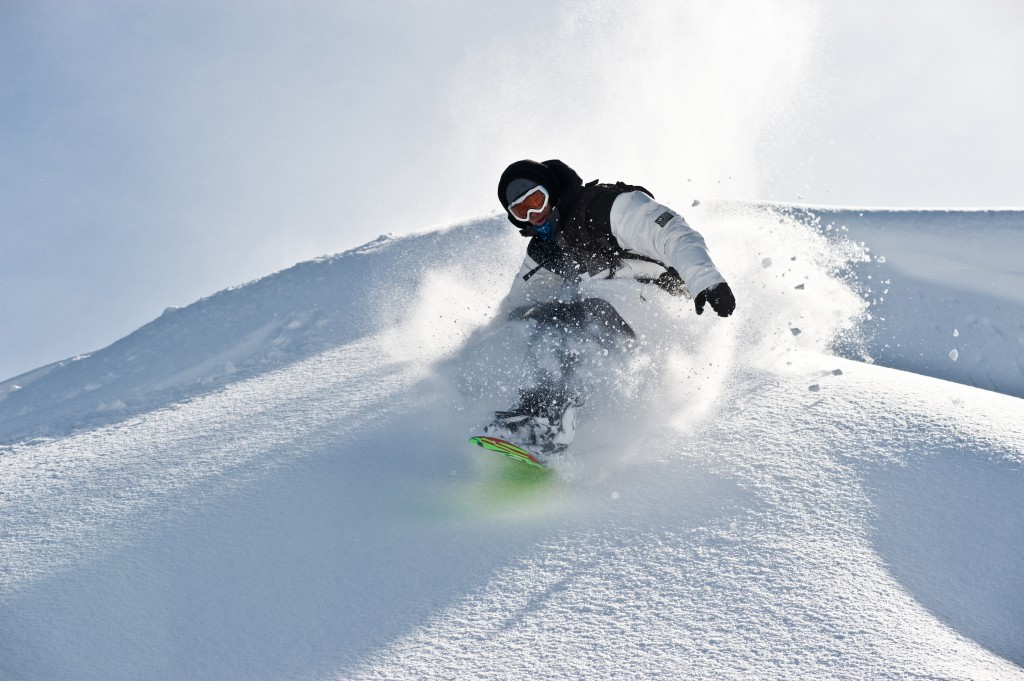Heli Ski Fitness Tips
Injury prevention is something that everyone should be aware of. As well as getting heli ski fit for your holiday there are some basic exercises and pointers to bear in mind, that will help prevent injury in the mountains. The most common injury skiers (and boarders, to a lesser extent) face is always associated with the knee. You might, and probably will be, skiing powder most of the time, but this does not make you immune from injury.
Out of the three joints most used in skiing, the knees are the weakest link. Ski boots offer a solid protection for our ankles, and the powerful muscles surrounding and incorporating the hips give significant protection in this area.
Despite their weakness, due to their lack of protection, there are some things we can do to guard against new or reoccurring injuries. The important factors include flexibility, strength, warm up routines, and skiing technique.
Strengthening the muscles surrounding the knee can provide improved joint stability. This strengthening will take pressure of the vulnerable ligaments that otherwise take a lot of pounding, especially whilst skiing long distances over an extended period of time. And this is definitely something you’ll be doing here in northern BC.
The muscles of the inner and outer thighs, the abductors and adductors respectively, often get overlooked when compared to the quadriceps and hamstrings. Working to improve the strength in all these areas will reduce chance of injury.

There are many exercises that you can try out to improve the strength in the areas surrounding your knees. Cycling is a very effective method; try to get out on the bike (or use one in the gym) a few times each week. Start slowly and don’t overdo it at first, but as you gain confidence you can push yourself more. Steep gradients to climb are great for this, and then, there’s always the descent to look forward to after.
Stretching is just as an important method to improve strength. Getting into the habit of a regular stretching routine pre and post activity to substantially improve the working capabilities of your muscles. Post ski stretching is especially important as this will help eliminate lactic acid buildup, which will decrease the next days muscle soreness and stiff joints.
Slow, twisting falls in which the skis are not released from the bindings is the most common culprit of knee injuries. The injury occurs as result of the hips coming below the angle of the knees, taking the MCL or ACL beyond their usable range. To decrease the likelihood of this happening we would never recommend setting your bindings past their recommended din setting. Also, learning how to fall will greatly help. Try not to fight the fall, but naturally go with it. This is easier said than done, and takes a lot of practice falling over to master!
Hopefully this advice will help those with reoccurring problems and prevent those without from picking up new ones, letting you get out more to make the most of your heli skiing time.
Tags: Heli Skiing, Heliskiing, Heli Ski, Heliski, Heli Skiing Tour, Heli Skiing Holiday, Heli Skiing BC, Heli Skiing Resorts, Heli Skiing Lodges


